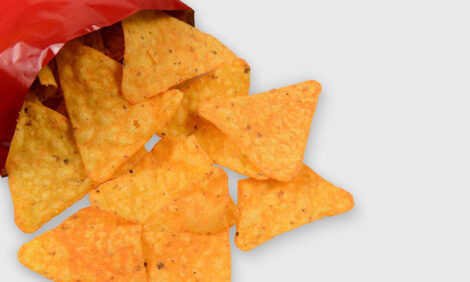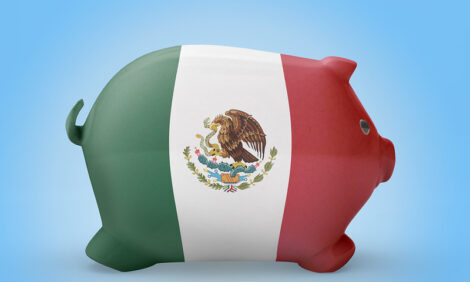



Evaluation of PCV2 Infection Dynamics of Different CIRCOVAC® Vaccination Programs in Piglets
Porcine circovirus type 2 (PCV2) is one of the most prevalent viruses that cause great economic losses in the worldwide pig industry. The widespread use of vaccines has reduced the presence of clinical outbreaks associated to this virus, writes S.Oliver-Ferrando et al.Therefore, nowadays, PCV2 vaccines have shown to maintain production performance under PCV2 subclinical infection scenarios. PCV2 vaccination in piglets is mostly recommended from 3 weeks of age (woa) onwards.
The objective of this study was to determine if the age at vaccination could influence the serological and virological outcome of PCV2 vaccination in a subclinical infection scenario.
Material and methods
At 2 woa, 56 piglets born from non-PCV2 vaccinated sows were bled, weighted and allocated to 4 treatment groups of 14 pigs balanced by S/P ELISA value, bodyweight and sex.
The pigs from groups 1, 2 and 3 were vaccinated with a single dose of CIRCOVAC® vaccine 0.5 mL IM at 3, 6 or 10 woa, respectively, and pigs from group 4 were kept unvaccinated. Animals were allocated at weaning (3 woa) into pens according to the treatment group.
The pigs were bled and monitored for their clinical status, presence of PCV2 antibodies (Ingezim Circo IgG 11.PCV.K1®, Ingenasa) and PCV2 viral load (LSI VetMAX™ Porcine Circovirus Type 2-Quantification, Life Technologies) in serum samples at 2, 6, 10, 14, 18 and 25 woa.
Results
No clinical sign evoking a PCVD was observed during the course of the study. The serological and virological results confirmed the circulation of the virus.
The animals vaccinated at 3 and 6 woa showed a significant (p<0.05) increase in ELISA S/P values after vaccination.
In the group vaccinated at 10 woa, it was not possible to distinguish the antibody response derived from vaccination to the one due infection.
The number of viremic animals was clearly decreased in pigs vaccinated at 3 and 6 woa as compared to the control group (p<0.05 at 14 and 18 woa). On average, the pigs vaccinated at 3 and 6 woa experienced a lower viremia than those left unvaccinated or vaccinated at 10 woa (AUC, p<0.05).
PCV2 viremia in this last group was only numerically decreased as compared to the unvaccinated group.
Conclusion
In this study, it was concluded that PCV2 vaccination at 3 or 6 woa offered similar virological and serological results. In contrast, vaccination at 10 woa was probably too late as it occurred after or concomitantly to a PCV2 infection. Therefore, age at PCV2 vaccination should be adapted according to the viral infection dynamics.
Acknowledgments: supported by Secretaria d’Universitats i Recerca del Dep. d’Economia i Coneixement de la Generalitat de Catalunya.
Presented at the 2015 European Symposium of Porcine Health Management
August 2015








